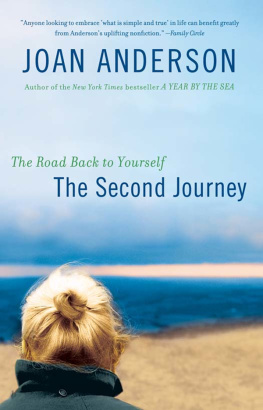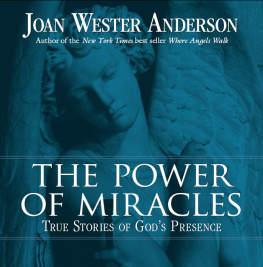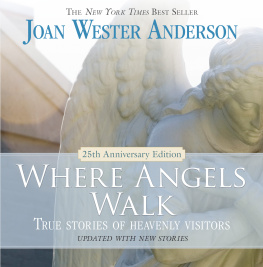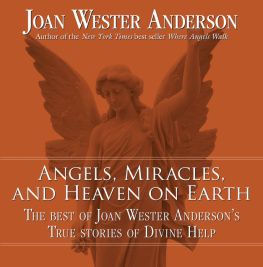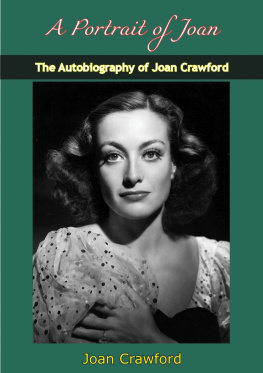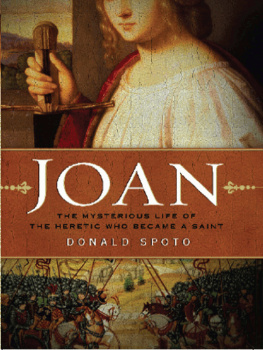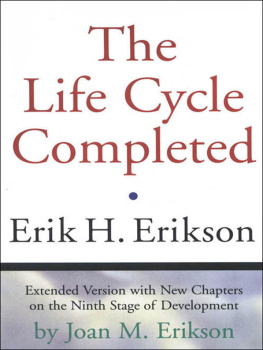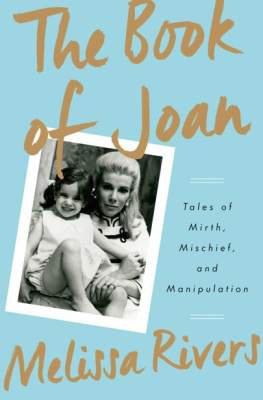Contents
Landmarks
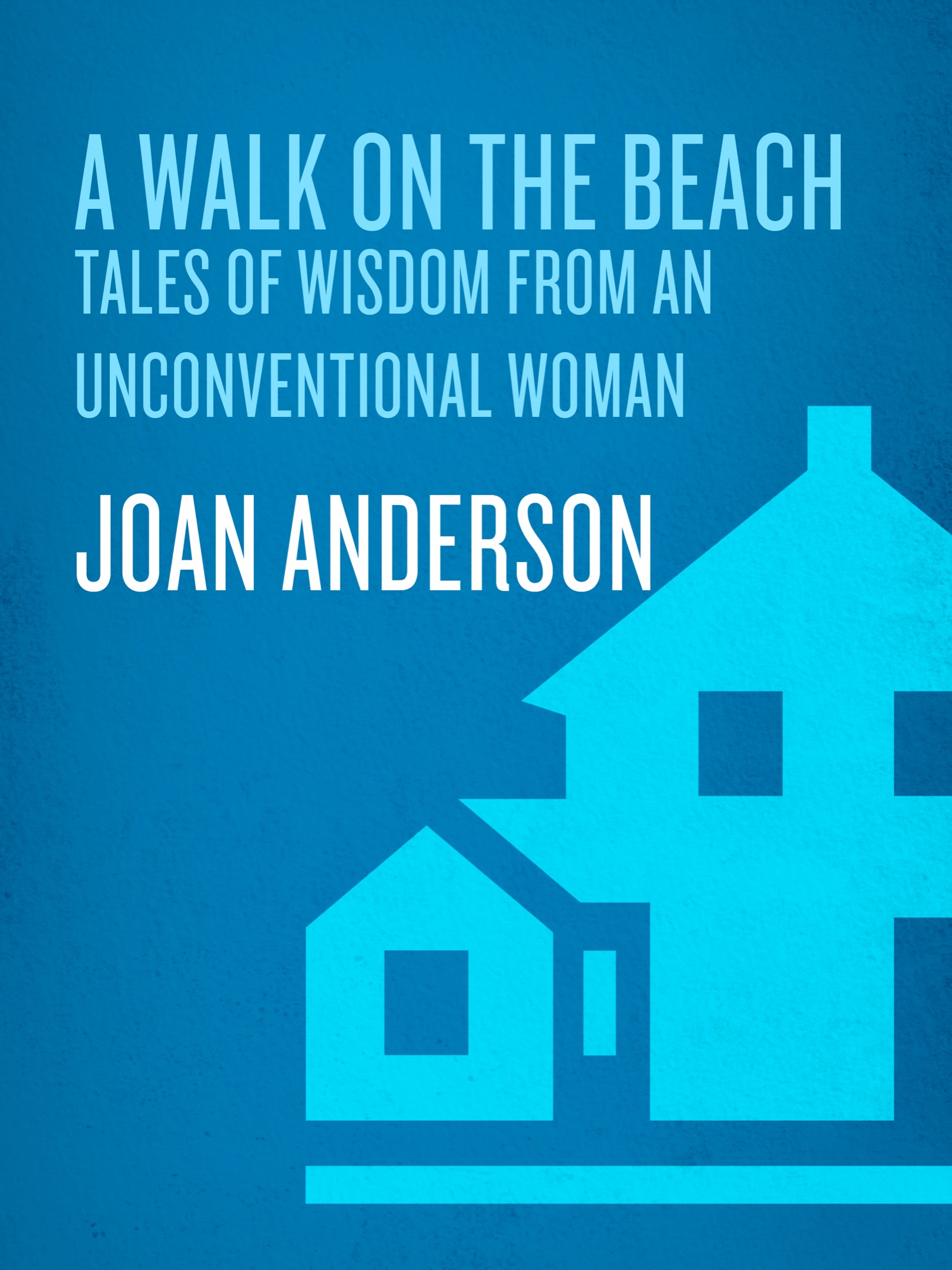
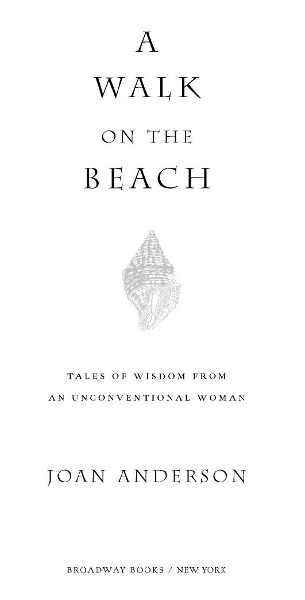
Table of Contents
TO REBECCA H. ANDERSON,
KINDRED SPIRIT AND CONFIDANTE TO BOTH JOANS...
A WISE WOMAN, BEFORE HER TIME
They are not dead who live in lives they leave behindin those whom they have blessed, they live again.
MAYA ANGELOU

PROLOGUE
Not a day goes by that I dont take a walk on the beach. The beach is truly home, its broad expanse of sand as welcoming as a mothers open arms. Whats more, this landscape, which extends as far as the eye can see, always reminds me of possibility. It is here I can listen to my inner voice, shed inhibitions, move to the rhythm of the waves, and ask the universe unanswerable questions. That is why when I found myself at a crossroads in my marriage and my life, I ran away to Cape Cod and spent a year by the sea. I was sure this place, so full of my personal history, would offer clarity.
There is no more doubt that the sea is in my veins than that there is sand in my shoes. It was here where I spent my childhood summers; where I became engaged to my husband; where we returned after a three-year stint in the Peace Corps to await the birth of our first child; and where our children and their children now muck about during their summer vacation.
The beach to me is a sacred zone between the earth and the sea, one of those in-between places where transitions can be experiencedwhere endings can be mourned and beginnings birthed. A walk along the beach offers the gift of the unexpected. Scan the horizon and glimpse the endless possibilities. Stroll head down and encounter one natural treasure after another. Tease the tides and feel a sense of adventure. Dive into the surf and experience the rush of risk.
One of the most significant gifts the beach has given me was Joan Erikson, an elderly woman whom I met accidentally on a foggy February day. She was to prod me to find myself again, even when I thought all was lost.
It was intriguing to stumble upon someone so old and frail on such a dismal daysomeone who, from the moment I laid eyes on her, became a source of fascination. Without knowing it, I had found the mentor I had been in search ofsomeone who would take me under her wing and help me understand what really matters. I was fifty-one, and she was some forty years my senior. She had retreated to Cape Cod to care for her ailing husband while I had run away from mine in order to recapture my original self. We became companions, prodding each other along to bigger and better things. A blithe spirit, she was always moving and difficult to catch. Deep in the heart of me, find the best part of me, Joan wrote in one of her poems, and so for several years I chased after her uncomplicated wisdom in hopes that some of it would rub off.
Joan turned out to be the wife and collaborator of Erik Erikson, a leading psychoanalyst whose stages of human development deeply influenced the field of contemporary psychology. There I was, in a midlife crisis, when I met the person whose husband coined the term identity crisis!
The international lifestyle she led, the work she shared with her husband, her personal journey through the world of modern dance, the writing of five books, her discovery of the impact of art therapy as a tool in psychoanalysis, and her experience as a wife and mother offered me all the wisdom I needed to embark on the second half of my life. But what most fascinated me was that it was the adversity she experienced in childhood, not her charmed later life, that was most responsible for her attitude and ideals. I started out making a billion mistakes, which turned out to be fertile ground for learning. Still, I get plowed under from time to timeperhaps Im just a mess of weeds, she once told me, always irreverent and often self-deprecating.
Original people like Joan strive to deviate from the familiar path. They crave to know the unknown and seek challenges that most of us would avoid. From the minute we met, her creative approach to life kept me close to her side. Joan undertook to offer me some Eriksonian actuality: she would strive to get me out of my head and into my body, make me more active than passive, teach me to lean on my senses and feel the intensity of experience, and not be sooo serious. Learning from life is much more beneficial than learning from a book, she said. If given a choice, I almost always would stand up and shout.
And shout she did. She was once a feisty child, and her life story is a testimony to her insistence that we should all plan secretly to get away from dependence as soon as possible. Learn any skill that opens up the world and sets you free.
When she was in her early twenties, she took off for Europe to research its dance schools, a trip unheard of for a single woman in the 1920s. I was twenty and in a hurryso eager for action, any action. I was a dancer and not interested in anything that would settle me down. I was looking for doors to open. But alas, she eventually met her soul mate and lover, Erik Erikson, an artist-turned-analyst who was studying with Sigmund Freud, and had two of their three children before they even married!
As a modern dancer with Isadora Duncan, she wore as little as possible, and as a faculty wife at Harvard, she rejected the proper tweeds for smocks, leotards, and short-cropped hair. Its all about taking a stand when it really matters, she would say, then living up to what youve gotten hold of and not letting it melt.
I cant really remember my own midlife voyage, she said. Perhaps I was spared the dreariness so many women find around this time because I had a job which challenged every creative impulse in my body. It was the kind of work that fed on itself and, in turn, made my life exciting. As I look back, this is when I should have had my depression but I just never got around to it. But then, I must confess that I dont enjoy depression very much. When I do hit bottom I try to figure out, as quickly as possible, how to get out of it.
Joan always offered action rather than advice. The important thing is to do something, even if its as simple as making a pile of pebbles. For it is always the doing that leads to the becoming, and before you know it youre on to the next stage of life.
In this book I have sought to capture the essence of our friendship and to impart some of the wisdom she shared with me. It is not a chronologically balanced account of our time together. As with any relationship, ours experienced spurts and lulls. During those lulls, we continued to spend time together and deepen our intimacy, but for the sake of the story, I have focused on those periods when her inspiration was the most intense.
Her philosophy, if you could call it that, went something like this:
Welcome each day like a good meal.
The essence of a life well digested comes from knowingyour strengths, overdosing on the senses, and remainingactive and playful.
Keep your hands on the plowpushdont ever stoppushing.
Always be willing to give a little more energythe tension should always be there.
Then your life will never go limp.
My hope is that in the reading of this little book you will be mentored by Joan as I was. The important thing is to share what you know, she said, time and again. Be generative and pass it on. That is what makes all the difference.


